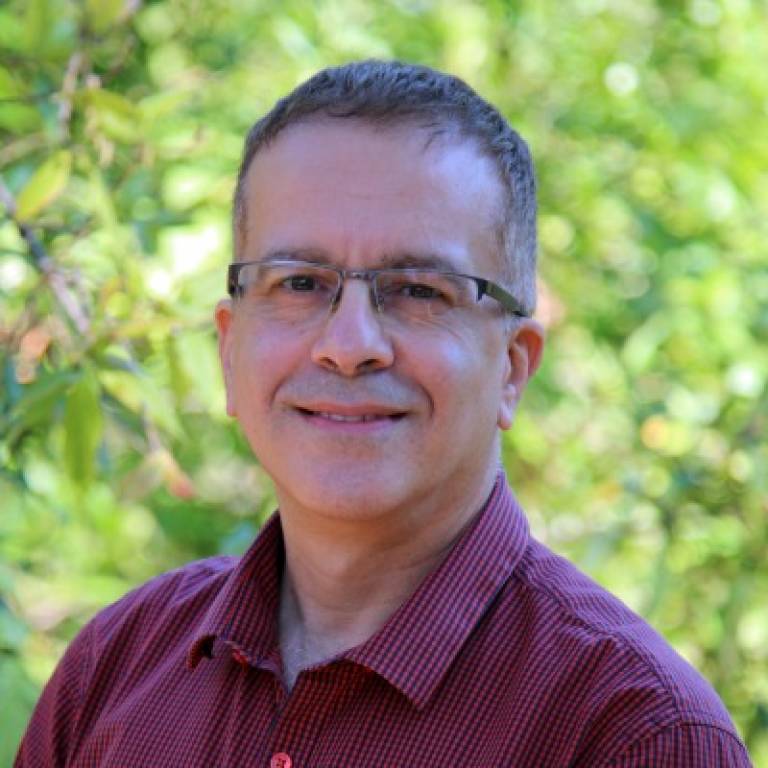CDB Seminar - Prof Orian Shirihai EVENT POSTPONED
04 November 2021, 5:00 pm–6:00 pm

THIS EVENT IS POSTPONED. A NEW DATE WILL BE ANNOUNCED TO FOLLOW. Title: Mitochondria-Lipid-droplet interaction: regulation and functional implications
This event is free.
Event Information
Open to
- All
Cost
- Free
Organiser
-
Michael Wright – Cell and Developmental Biology
Talk abstract: Mitochondria surrounding lipid droplets (Peri-Droplet Mitochondria;PDM) maintain a unique proteome which is not equilibrated with the rest of the mitochondria population. We find that PDM remain on the lipid droplet and do not fuse with cytosolic mitochondria. As compared to cytosolic mitochondria, PDM have superior capacity to metabolize pyruvate and reduced capacity to oxidize fatty acids. PDM are found in cells that build up lipid droplets. ATP synthesized in PDM fuels lipid droplet expansion. In a newly developed cell-free system we reconstituted the association of mitochondria and lipid droplets. In this system we tested the impact of modifiers of mitochondrial bioenergetics, membrane biophysics and metabolic fluxes on mitochondria association and dissociation from lipid droplets. Using a newly developed imaging approach to quantify PDM in living cells we tested the effects of small molecules on mitochondria association with lipid droplets. High throughput analysis identified a set of small compounds that detach mitochondria from lipid droplets, PDM-Detachers. PDM detachers induce lipolysis and lipid droplet shrinkage. Using these tools we assessed the role of lipid droplets in SARS-CoV2 expansion. We find that Corona viruses expansion can be strongly inhibited by PDM detachers and vice versa, enhanced by attaching mitochondria to lipid droplets. New studies determine the occurrence of PDM in humans and the processes that result in their expansion. We developed a novel high-throughput assay to quantify PDM that is successfully applied to white adipose tissue from mice and humans. We used adipose tissue from pheochromocytoma (Pheo) patients as a model of white adipose tissue browning, which is characterized by an increase in the capacity for energy expenditure. In contrast with control subjects, PDM content was robustly increased in the peri-adrenal fat of Pheo patients. Remarkably, bioenergetic changes associated with browning were primarily localized to PDM compared to cytoplasmic mitochondria. PDM isolated from peri-adrenal fat of Pheo patients had increased ATP-linked respiration, Complex IV content and activity, and maximal respiratory capacity. We found similar changes in a mouse model of re-browning where PDM content in whitened brown adipose tissue was increased upon re-browning induced by decreased housing temperature. Taken together, these data demonstrate the existence of PDM in humans and that browning in both mouse and human is associated with a robust expansion of peri-droplet mitochondria characterized by increased ATP synthesis-linked respiration.
Host: Prof Michael Duchen
About the Speaker
Orian Shirihai
Chair and Professor, Endocrinology, Diabetes and Hypertension at UCLA
Our laboratory is studying organellar biology with a focus on mitochondria, lysosomes and autophagosomes in the context of obesity and diabetes. In the past fifteen years the lab has focused on the study of the roles of mitochondrial dynamics in quality control, fuel preferences and energy expenditure. The lab is known for the development of key imaging approaches that allow for the quantification of mitochondrial dynamics, motility, mitophagy and turnover. Using these methodologies to study mitochondrial dynamics we described the life cycle of the mitochondria and the role of continuous fusion and fission dynamics in the maintenance of bioenergetic capacity and efficiency in the pancreatic beta cell.
More about Orian Shirihai Close
Close

